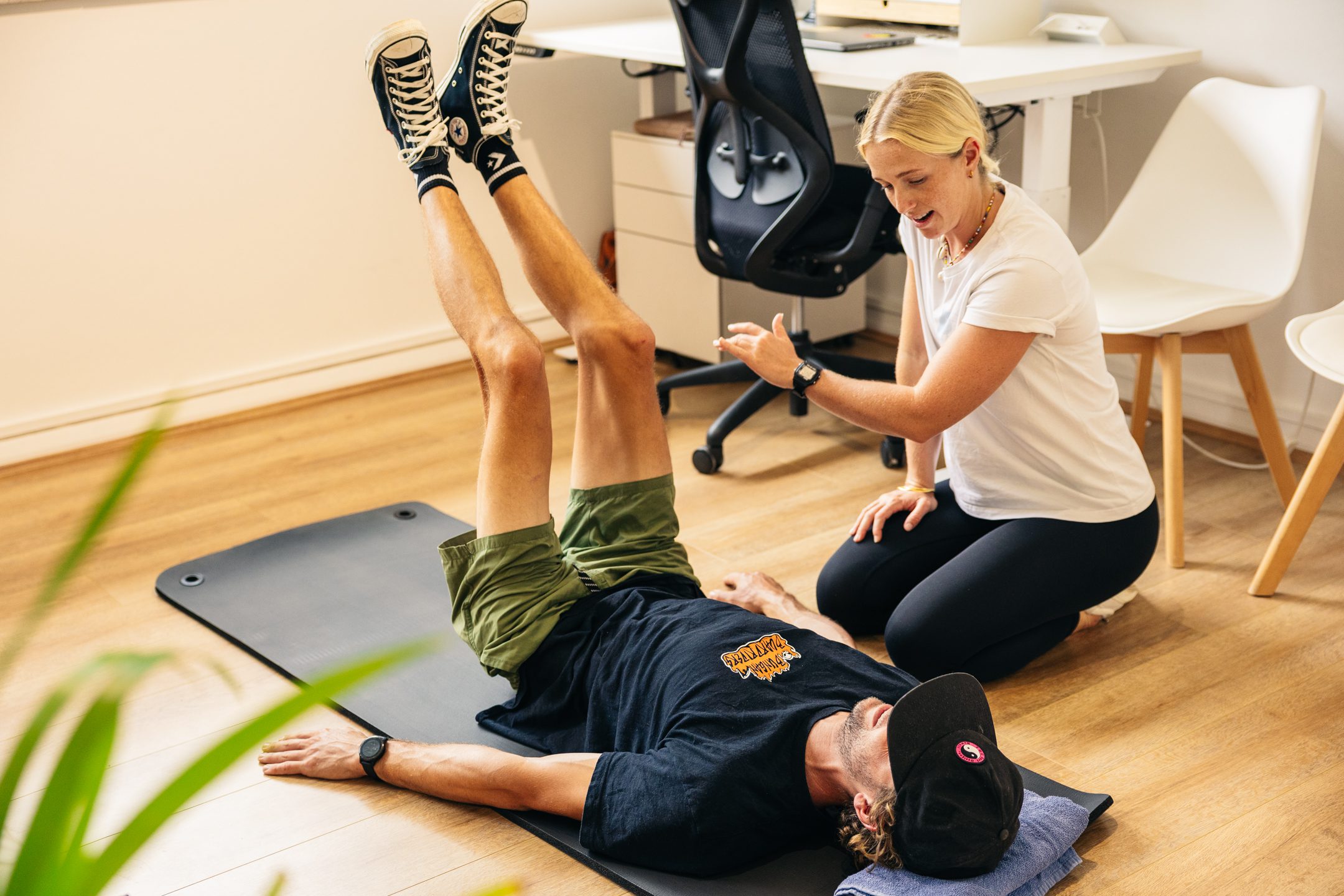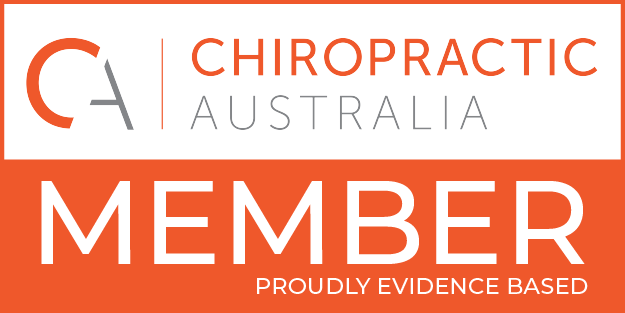Some of us love the popping sound that happens when we get an adjustment (also known as a manipulation), but do you know what is happening in your joints when we perform adjustments? Nothing is moving in or out of place or realigned contrary to the common belief. Really, the cracking or popping noise we hear is a gas bubble formed in the fluid surrounding most joints. Research shows that the crack does not have to occur for an adjustment to be effective.
How does it work then?
An adjustment or manipulation is a manual therapy involving the application of a small and quick movement to the affected joint aiming to stretch the surrounding muscles. This stretch causes nerve fibres to send a signal to our brain, telling the brain it’s safe and pain-free to move in that direction. The brain responds to this signal by sending signals back to the muscles and surrounding joint structures which cause the muscles to relax and decrease pain. If you have tried adjustments before you can feel this. You come into the clinic with lower back pain, your chiropractor gives you an adjustment and you immediately feel less pain and can move easily.
The goal is to restore joint function, alleviate pain, and support the natural healing processes. However, this is not a lasting effect, in a few days the effect of the manipulation will be decreased. That’s why it’s important to exercise or keep moving the affected joint through its regular range of motion following an appointment.
If nothing is realigned then why does it feel like it?
There is no denying that sometimes an adjustment can make you feel more balanced or aligned. As stated above, nothing is moving in or out of place, or realigning. So why do you feel like this? The closest explanation we have is that when we have an increase in pain signalling in an affected area, our proprioceptive input can be altered, making us feel a bit out of whack. Proprioception is our body’s ability to detect where we are in space and is what allows us to perform smooth and fluid movements by correctly bracing and activating the right muscles. When we perform an adjustment we stimulate the surrounding nerve and muscle fibres of the affected joint. This alters the awareness and proprioceptive input of the nervous system surrounding that area, causing a temporary increase in proprioception and feeling to that area, and the realigned sensation.
The Main Benefits of Spinal Manipulation:
1. Pain Relief: One of the primary benefits is a reduction in pain, particularly in the back, neck, and joints.
2. Improved Range of Motion: Spinal manipulation can enhance flexibility and range of motion, making it easier to perform daily activities.
3. Muscle Relaxation: The therapy often leads to muscle relaxation, beneficial for individuals with muscle tension or spasms.
4. Holistic Approach: Spinal manipulation is rooted in a holistic approach to health, addressing not just symptoms but underlying issues contributing to pain or discomfort.
Adjustments are a time-tested therapeutic approach that continues to offer relief to many individuals dealing with musculoskeletal issues. While it is considered safe when performed by trained professionals, it is crucial to consult with your GP or chiropractor to determine its appropriateness for your specific condition. As a tool in the comprehensive toolbox of musculoskeletal care, spinal manipulation remains a fascinating and effective avenue for reducing pain.







